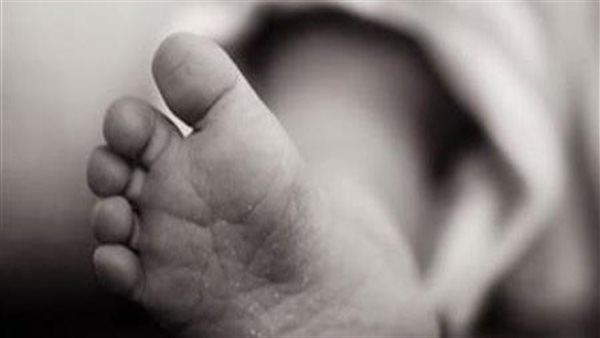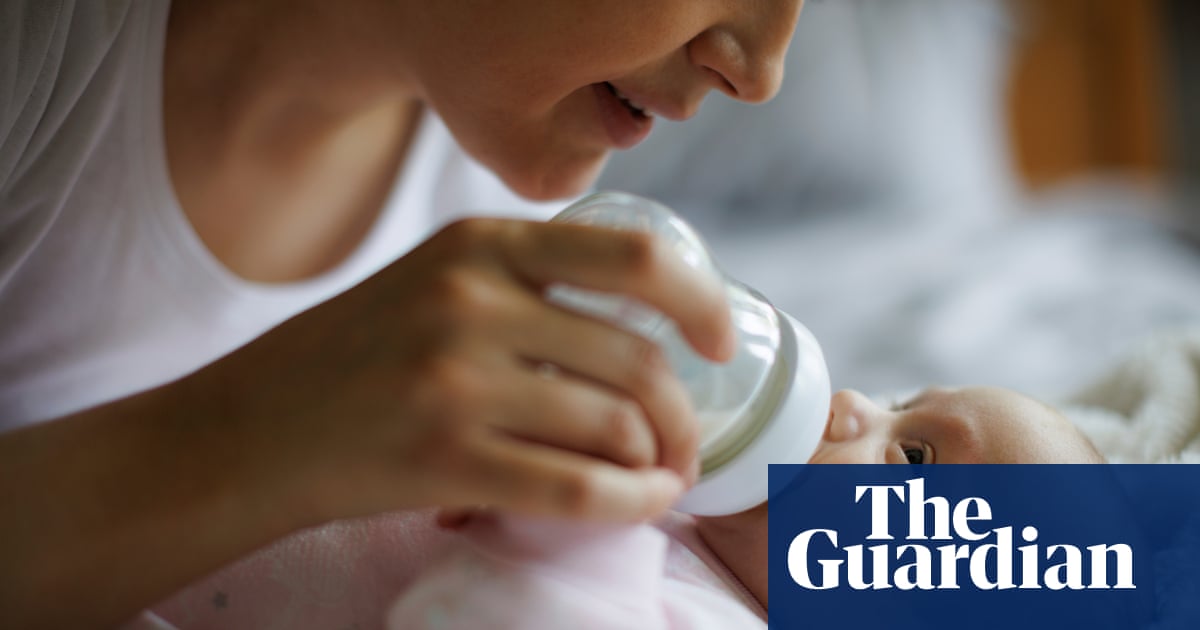
Scientists may have come a step closer to uncovering the causes for sudden infant death syndrome in a study that has been hailed as a significant advance by the British scientist whose work underpinned the Back to Sleep campaign of the 1990s.
The study is the first to identify a biochemical marker in the blood that is linked to the risk of Sids, sometimes called cot death, when an apparently healthy infant dies during their sleep. Although the test is not accurate enough to be used in newborn screening, it hints that abnormally low levels of a chemical linked to the brain’s arousal system could be involved in causing these babies to die suddenly in their sleep.
“This is a very important observation,” said Prof Peter Fleming, of the University of Bristol, whose work is credited with preventing tens of thousands of UK baby deaths after the Back to Sleep campaign launched in the 1990s. “If this is telling us something new about the mechanism, then that’s very important.”
The investigation was led by Dr Carmel Harrington, an honorary research fellow at the Children’s hospital at Westmead, New South Wales, who lost her own son, Damien, to Sids 29 years ago. Harrington and colleagues compared dried blood samples taken during the newborn heel prick test from 655 healthy babies, 26 babies who died from Sids and 41 babies who died in infancy from other causes.
They found that the Sids babies had lower levels of an enzyme called Butyrylcholinesterase (BChE), which plays a major role in the brain’s arousal pathway. This could indicate an arousal deficit, which reduces an infant’s ability to wake or respond to the external environment, such as overheating or a blanket over the face. This could cause vulnerability to Sids, the scientists said.
“Up to now we didn’t know what was causing the lack of arousal,” said Harrington. “Now that we know that BChE is involved we can begin to change the outcome for these babies and make Sids a thing of the past.
“An apparently healthy baby going to sleep and not waking up is every parent’s nightmare and until now there was absolutely no way of knowing which infant would succumb.”
However, at this stage testing for BChE wouldn’t be helpful as a newborn screening tool. Although the Sids babies had lower levels on average, there was also a lot of overlap between the groups, with about half of the Sids babies falling within the same range as half of the babies who did not die.
The biomarker was also not as powerful a predictor as some previously known environmental factors, such as smoking during pregnancy, which is linked to a more than threefold increase in Sids incidence. Babies with low BChE had a 1.1-1.5 times higher risk of Sids.
“The thing that worries me – and I’ve already had calls from bereaved families – is that at this stage it isn’t usable by the individual,” said Fleming. “It’s useful at the population level.”
The findings could help explain how smoking in pregnancy leads to biological changes that put babies at greater risk of Sids, for instance. “It needs a lot more investigation,” said Fleming.
Jenny Ward, the chief executive of the Lullaby Trust, said: “The findings of this study are interesting and more work needs to be done. We look forward to seeing more as this research continues and hope that it helps us understand more about sudden infant death syndrome.”
She added that it was important that the findings should not be viewed as a reason to downplay safer sleep advice, including “always sleeping baby on their back in a clear sleep space on a flat, firm and waterproof mattress with no bulky bedding, pillows or cot bumpers.”











